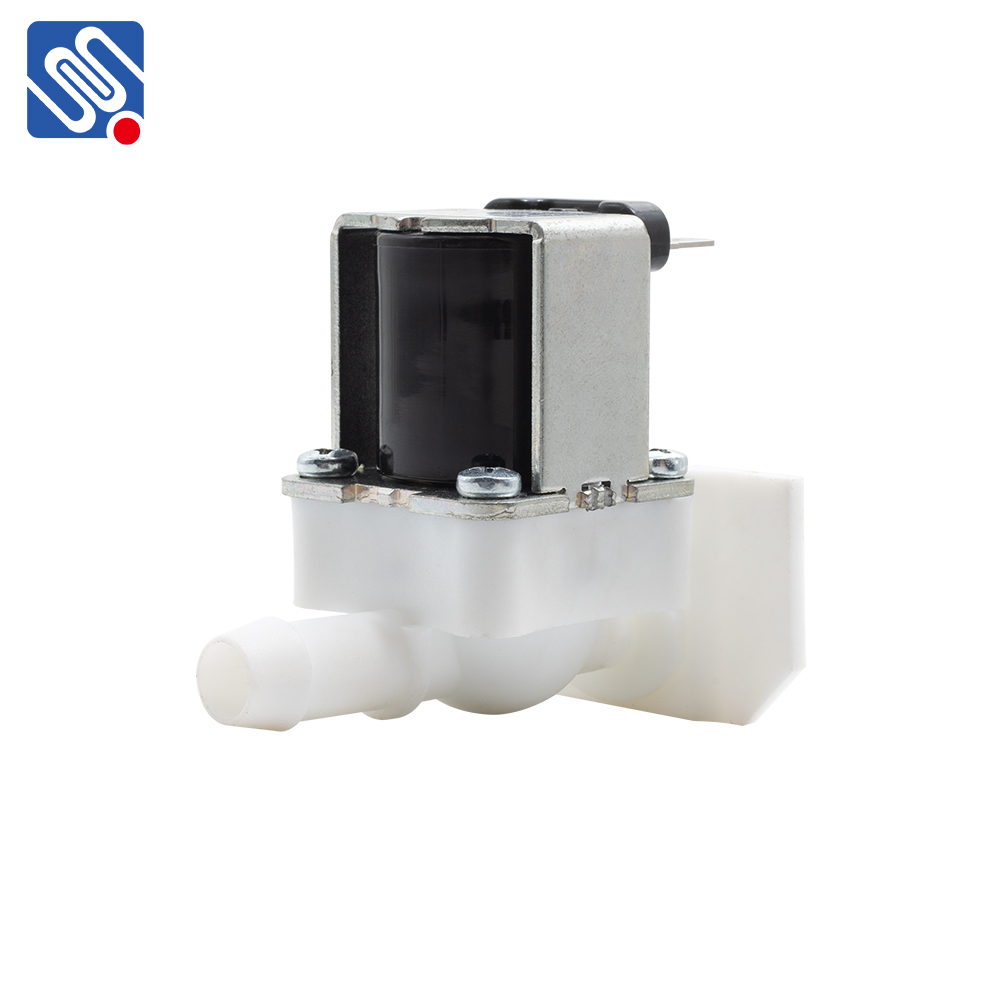A Low Flow Solenoid Valve is an essential component in many fluid control systems, particularly those that require precise regulation of fluid flow in low-volume environments. These valves utilize electrical signals to open or close, enabling or stopping the flow of gases, liquids, or slurries through a pipe or system. In this article, we will explore the functioning, features, and applications of low flow solenoid valves, as well as why they are crucial in modern fluid control technologies.

What is a Low Flow Solenoid Valve? A solenoid valve is an electromechanical valve that is operated by an electric current through a solenoid. When the current passes through the solenoid coil, it generates a magnetic field that actuates the valve’s mechanism, either opening or closing it. The Low Flow Solenoid Valve is a variation of this design specifically optimized for managing fluid flows at low volumes, typically under 0.1 liters per minute. These valves are designed to ensure that the flow is regulated precisely, making them invaluable in systems where small, consistent amounts of fluid need to be controlled.